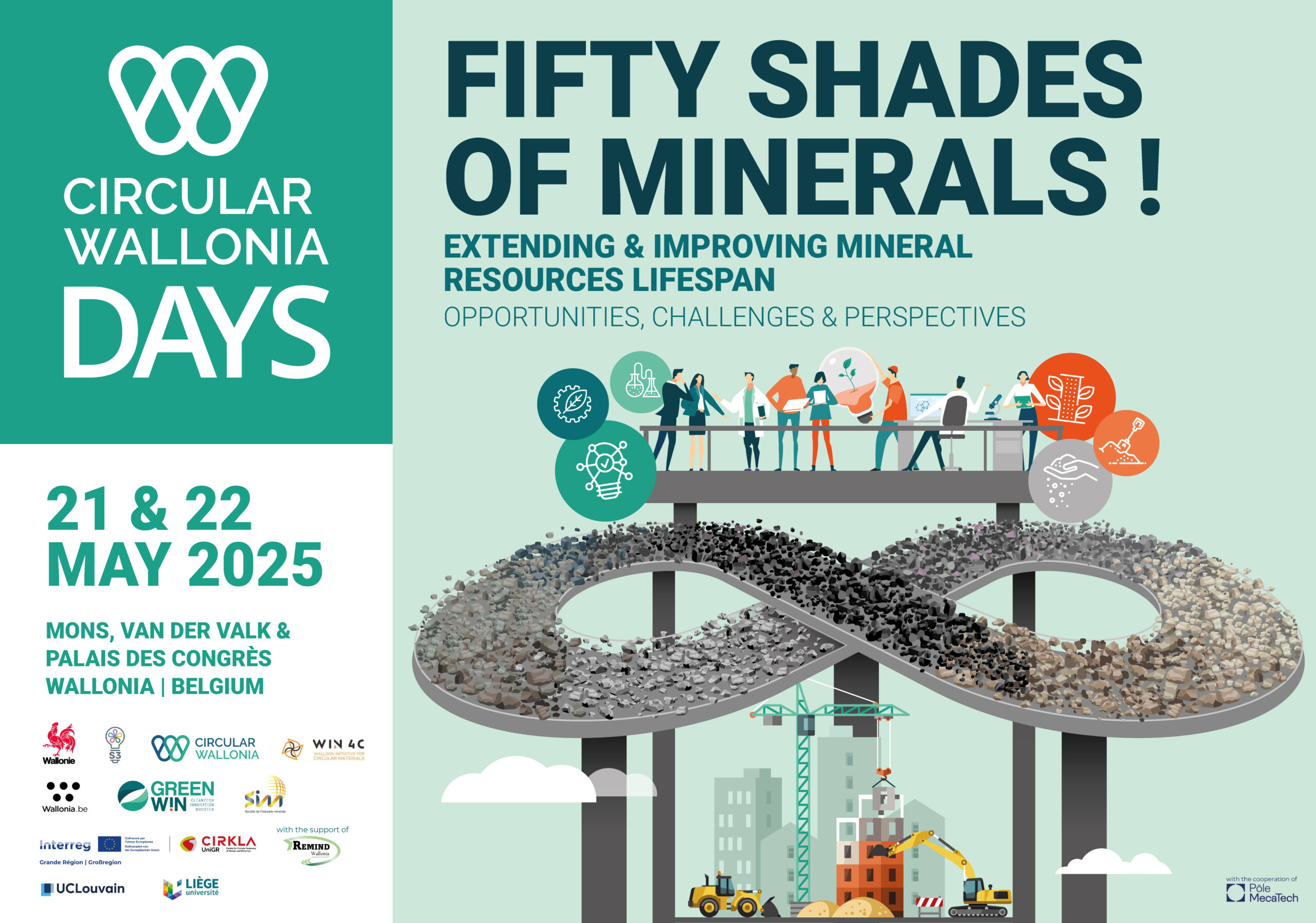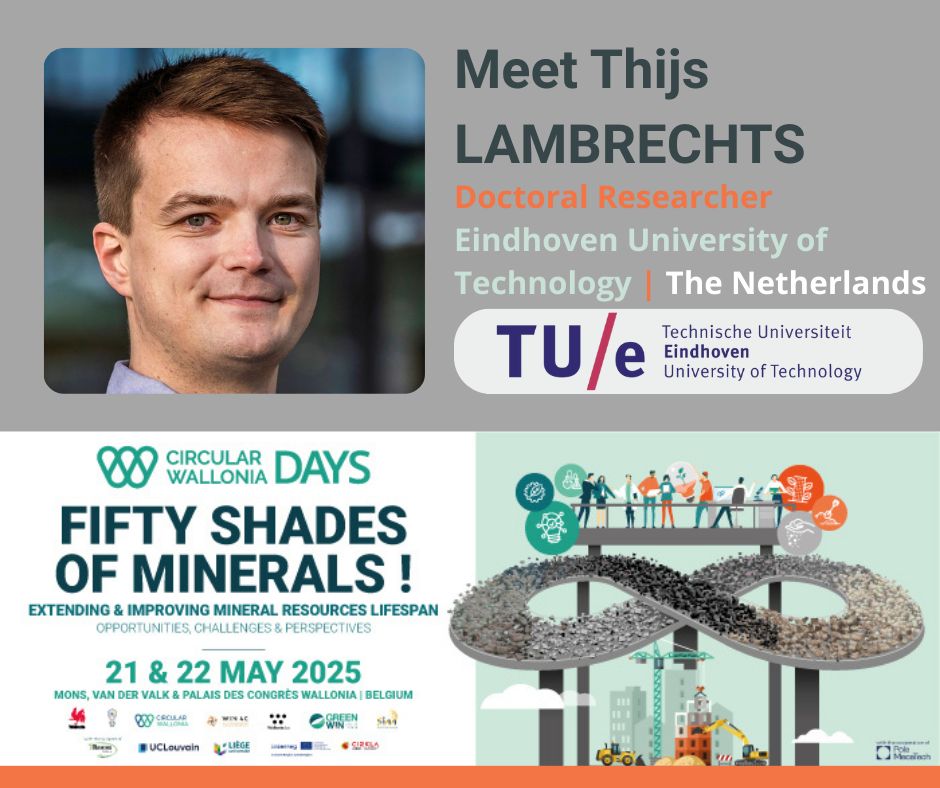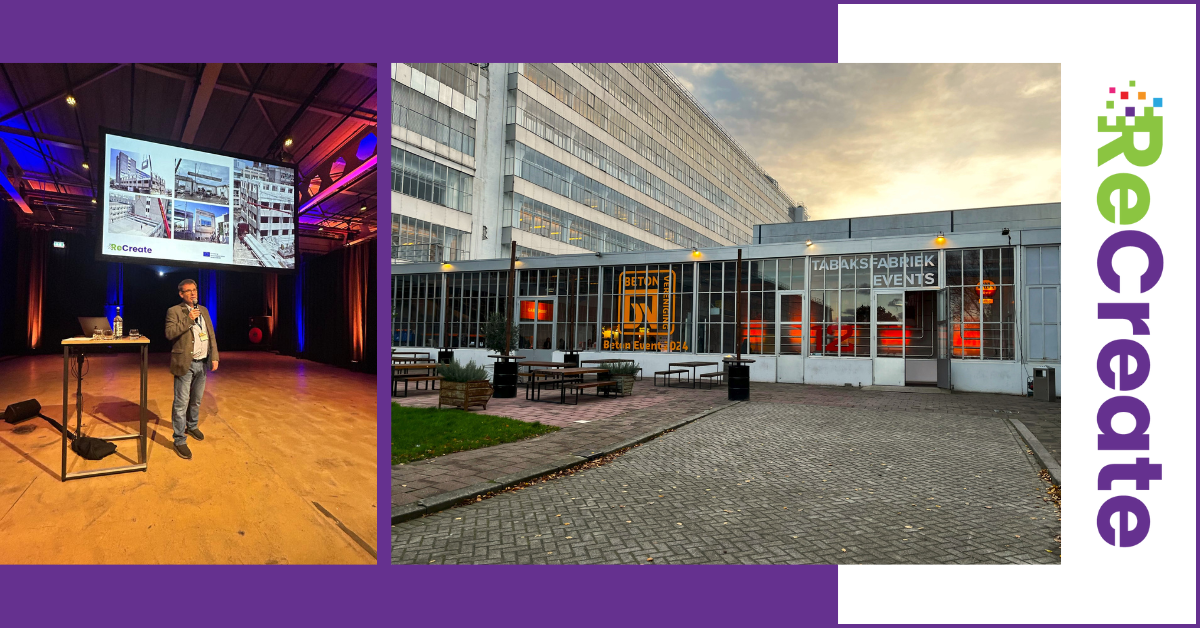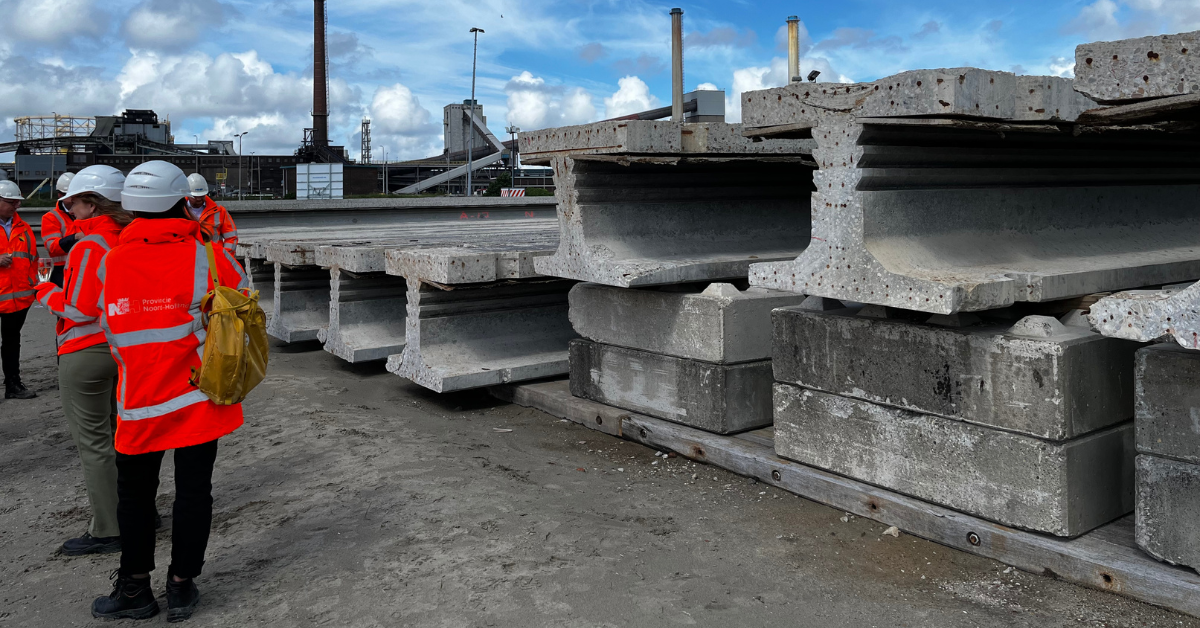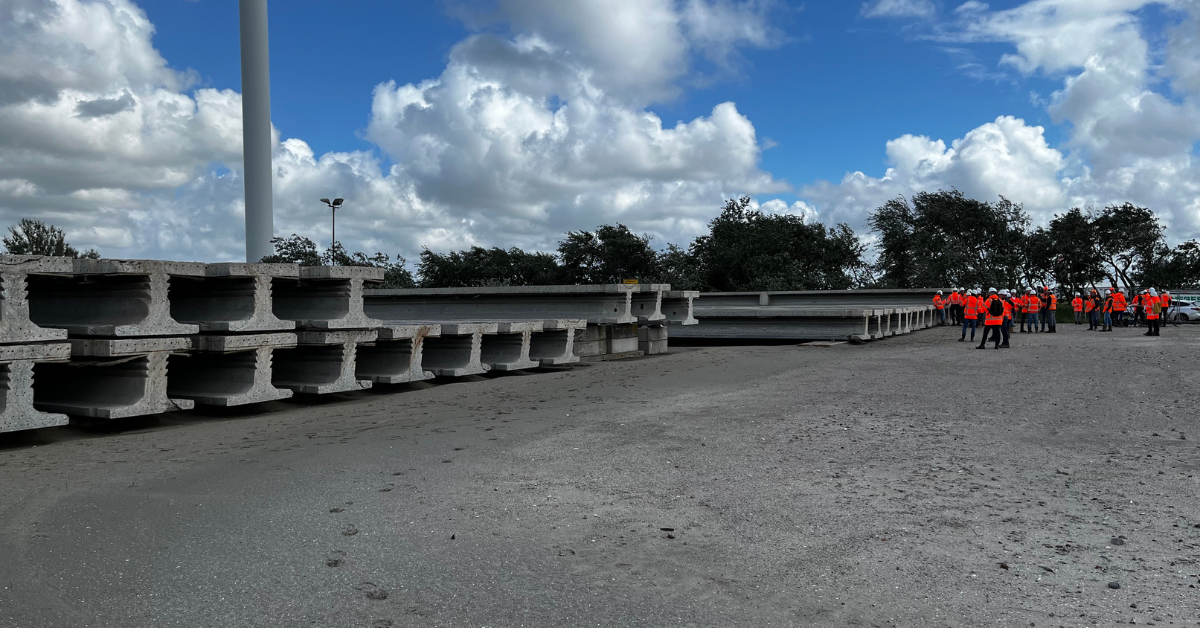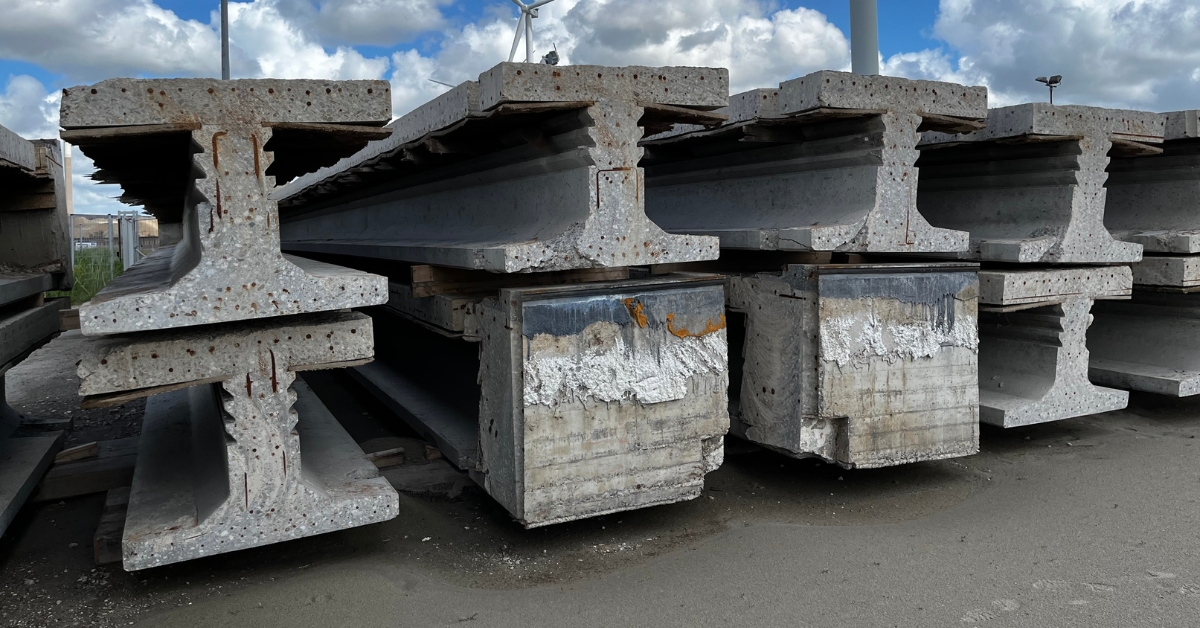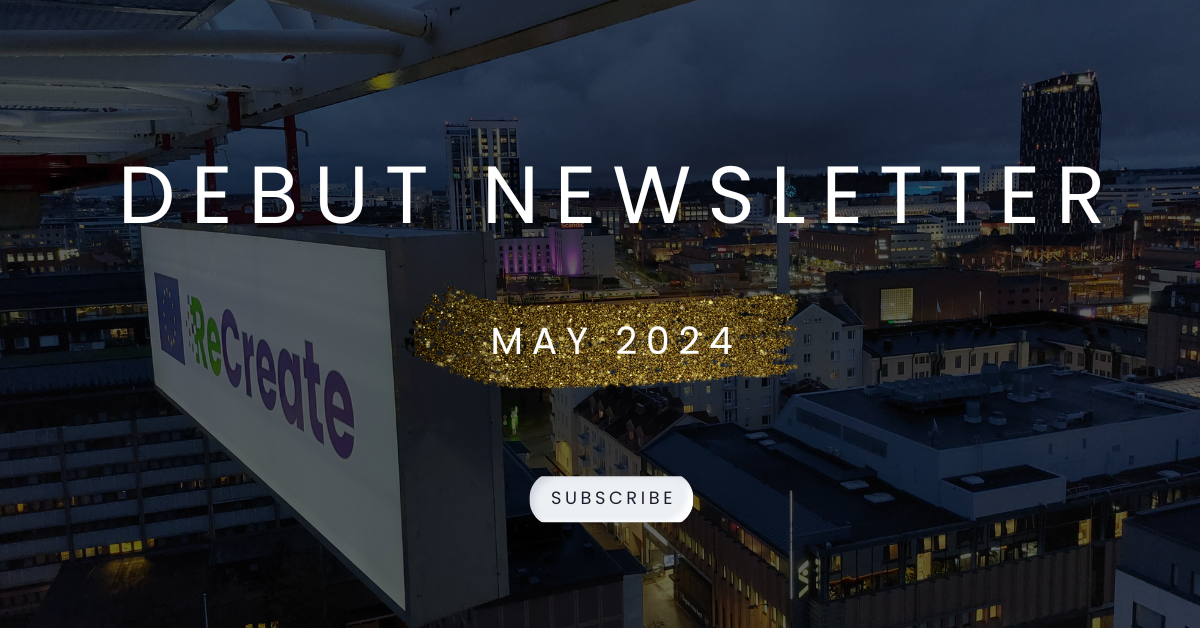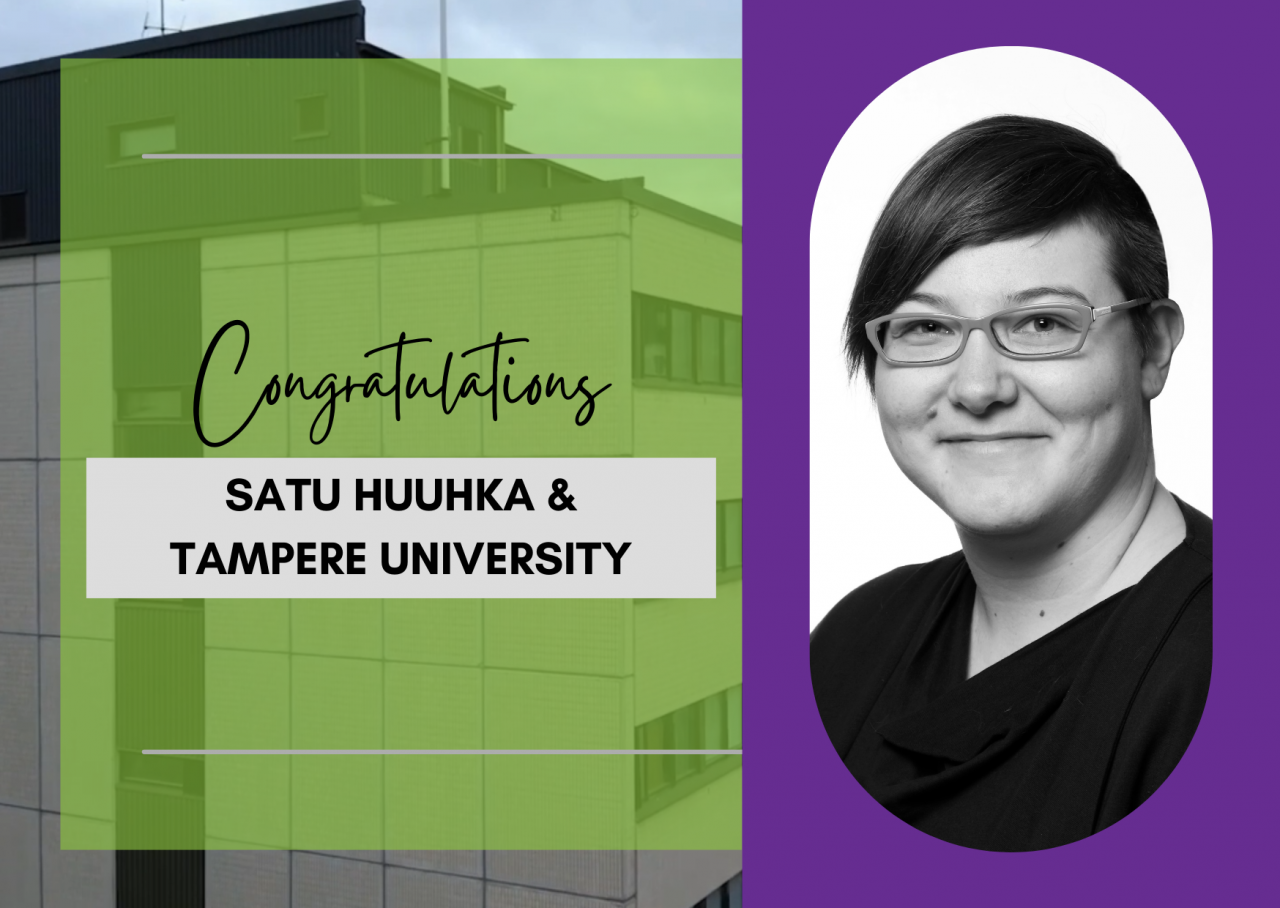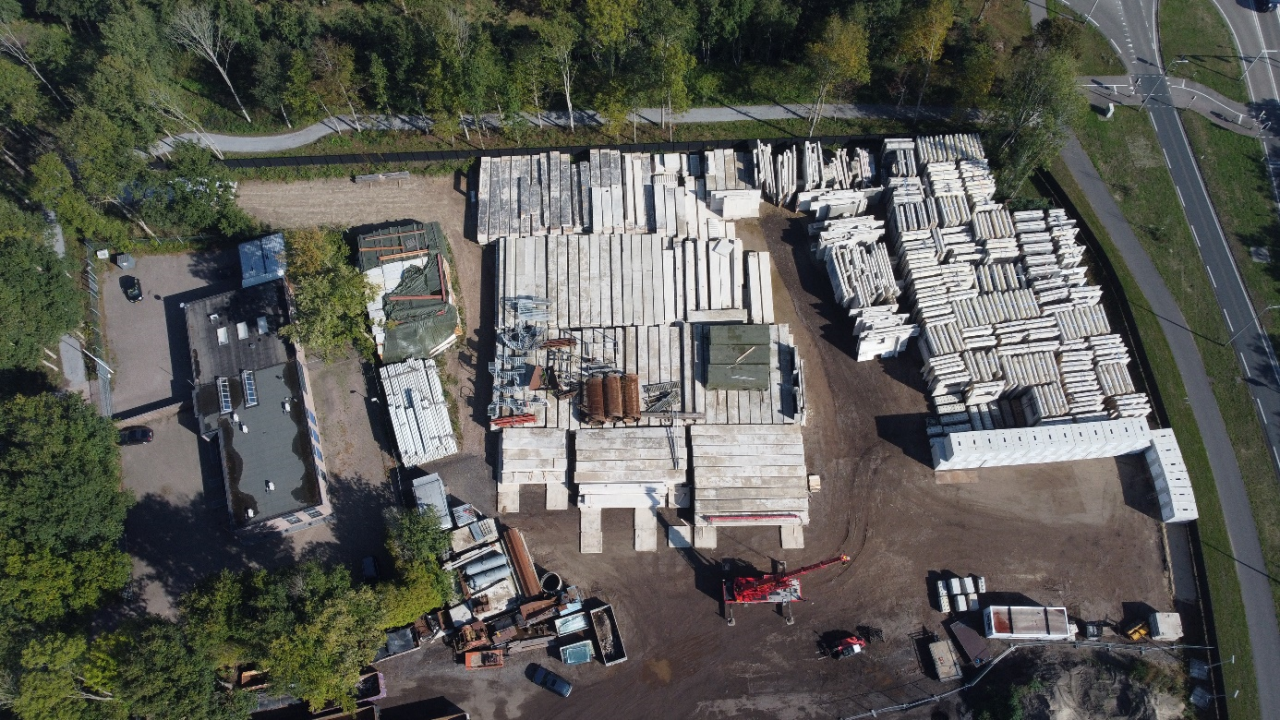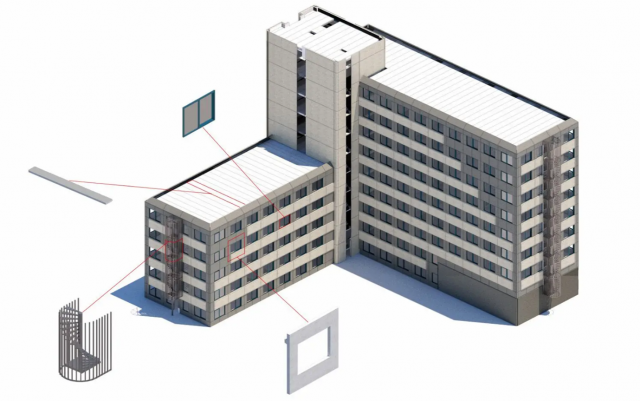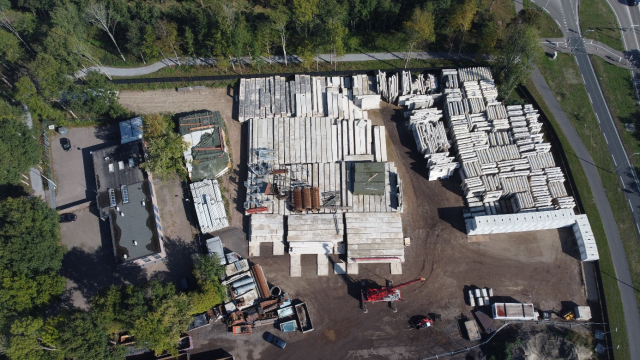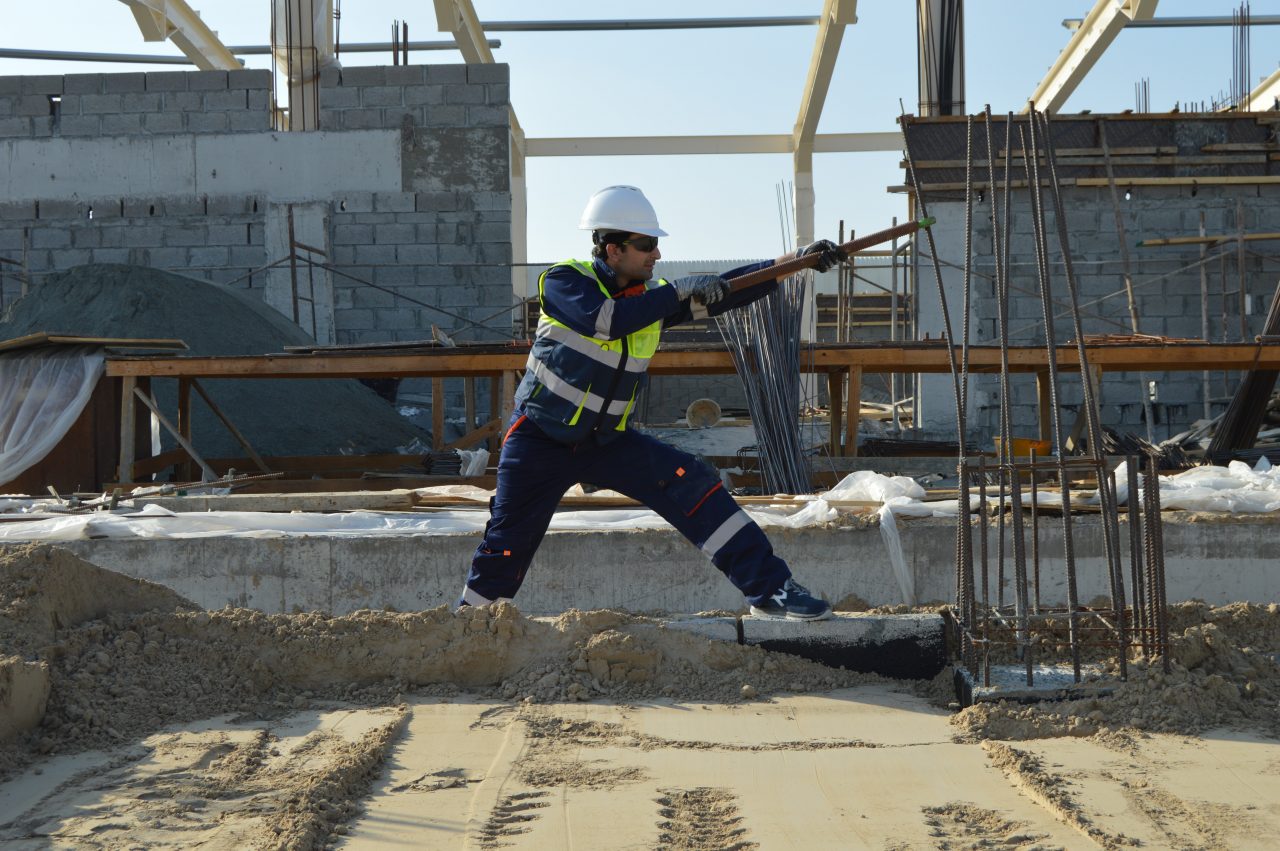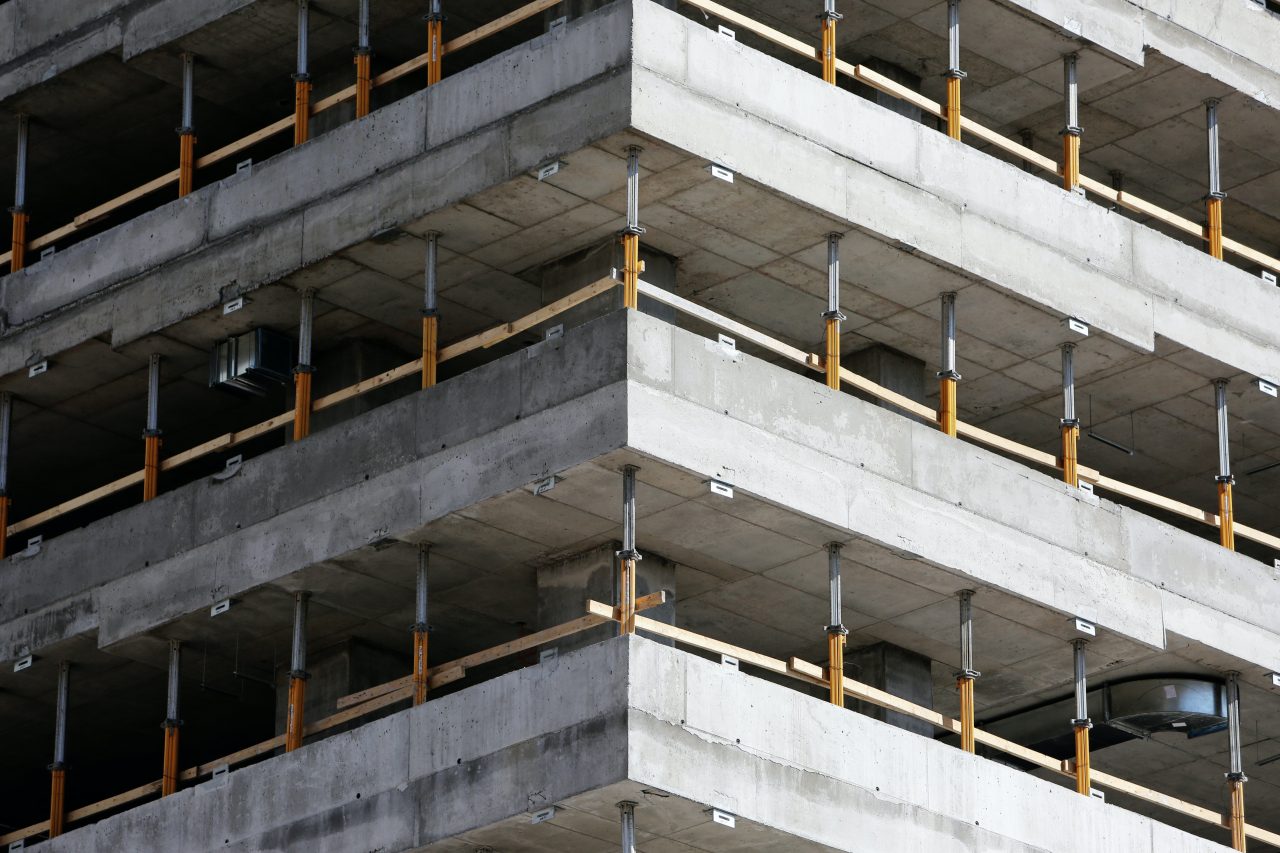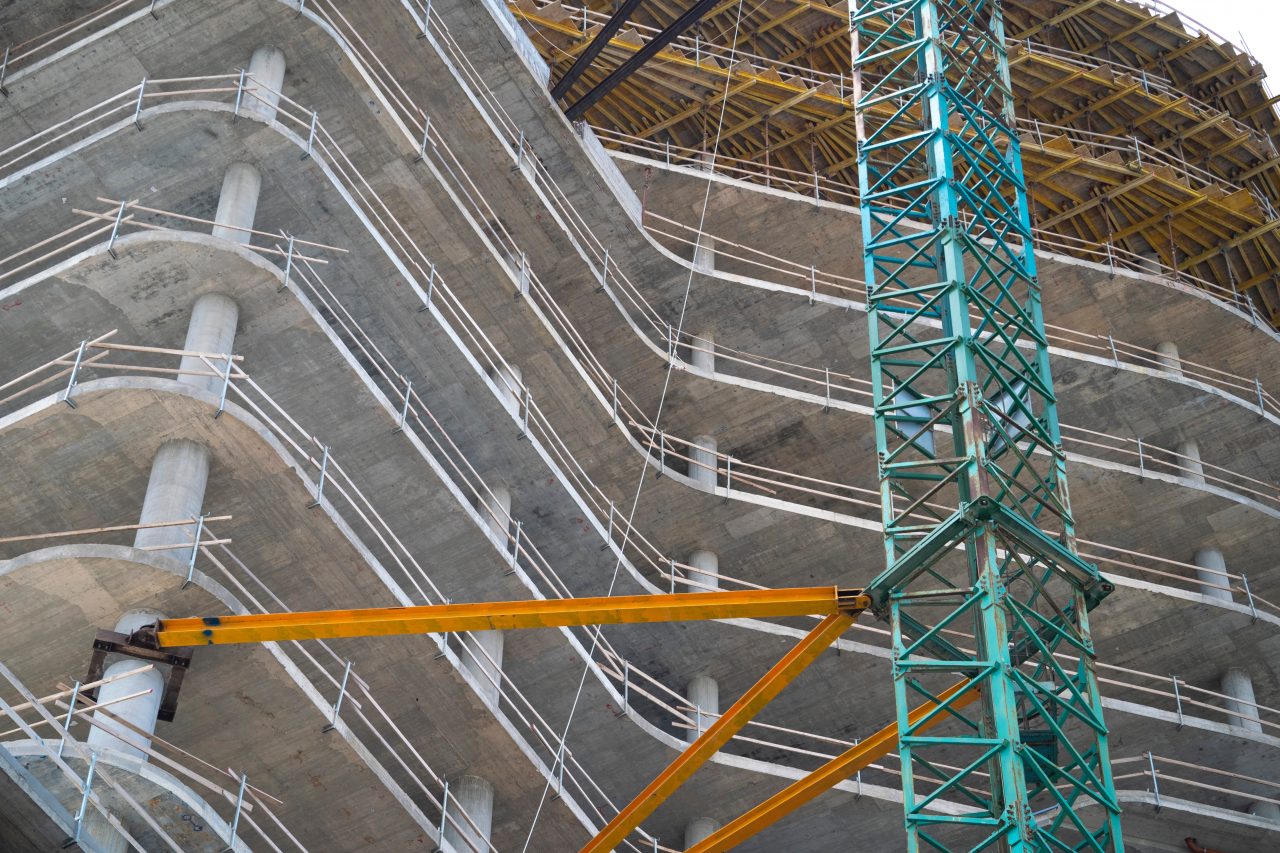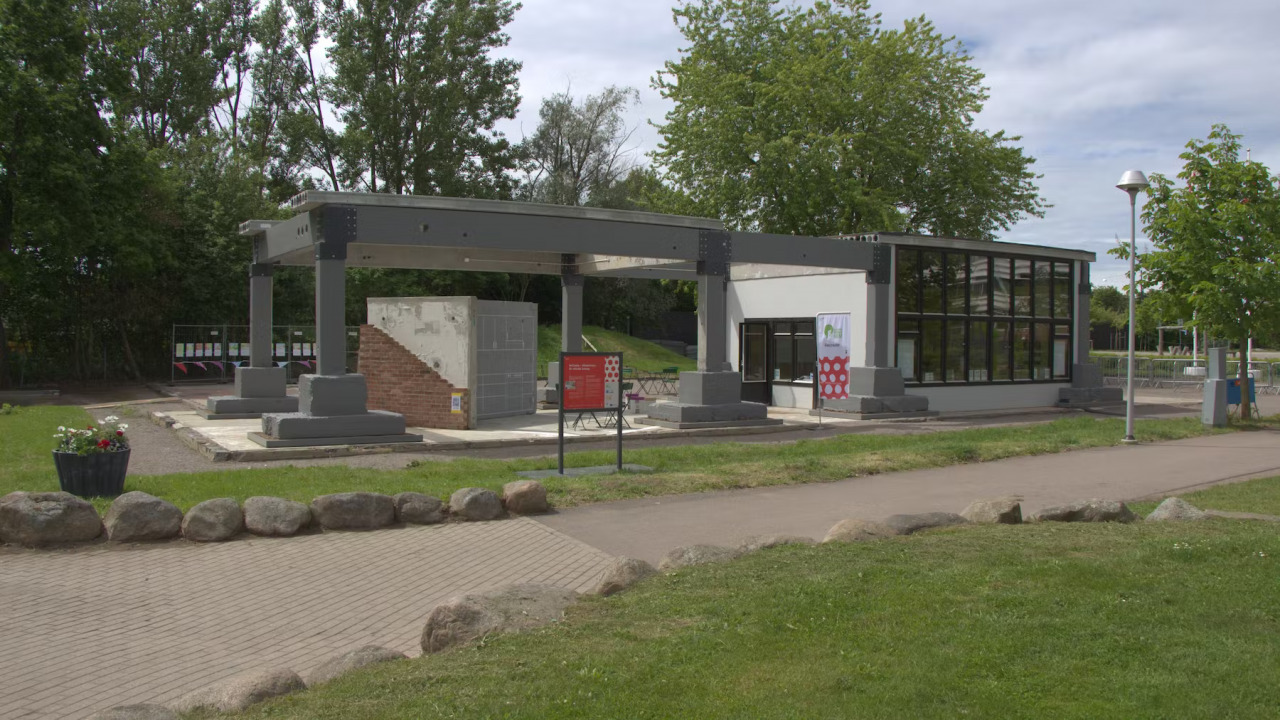Wednesday, May 21st, Thijs Lambrechts presented the ReCreate project at the Circular Wallonia days in Mons, Belgium. 200+ European experts and professionals from the Mineral Industry are gathering, exchanging on the most inspiring innovations and projects. After the presentation, a panel discussion followed where ReCreate and other EU projects gave their input into queries from the audience. The goal of the event was to discuss opportunities, challenges and perspectives in extending and improving mineral resource lifespan.
The reuse of concrete elements for structural purposes is seen as a high-value reuse branch, right after the reuse of a structure as a whole. When the reuse of elements for structural purposes is not possible anymore, the next steps in the ladder of Lansink have to be considered. Among these is the recycling of concrete in its raw form, aggregate, filler and cement. In this event, the complexity and intricacies of this process were illustrated, and this goes hand in hand with ReCreate in creating a circular, or even upwards spiraling built environment/economy.
